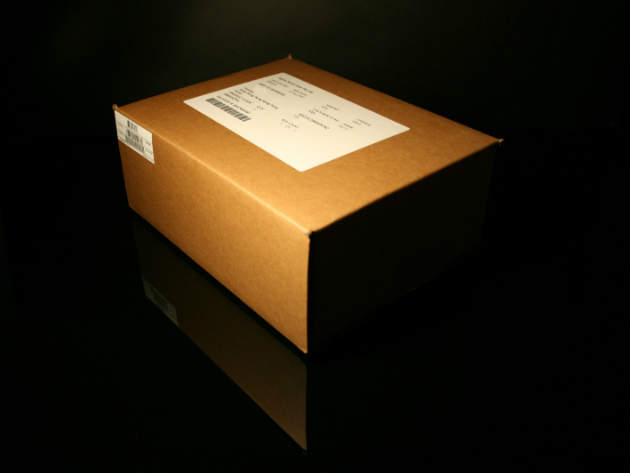

myHermes, the consumer arm of delivery specialists Hermes, has announced that it is now offering its customers the option of a carbon-negative mailing bag, meaning each bag is 100% sustainable, and has an actively positive effect on the environment; an important statement, considering that the parcel delivery sector, like the majority of transit and transport industries, is responsible for a significant proportion of the carbon in our atmosphere.
Not just neutral, negative
The new myHermes mailing bag is produced by Manchester-based packaging producer Duo UK using ‘Green PE’, a bio-based thermoplastic resin that is made from sugarcane extracts. This is why the company can claim that the product is ‘carbon-negative’.
While most similar environmentally friendly products are labelled carbon-neutral, meaning they do not add to carbon levels, because Green PE is plant-based, it actively takes carbon out of the atmosphere, rather than simply avoiding emissions. Duo UK states that each kilogram of Green PE saves 2.78kg of CO2 when compared to fossil fuel-based polyethylene, the main ingredient in most modern mailing bags.
Home deliveries – pollution on your doorstep
As the world becomes more connected, deliveries of products sourced from all over the planet are easier to come by and are cheaper to import, meaning more people expect frequent deliveries of goods to their homes. In London, this is recognised as one factor contributing to the city’s air pollution levels, which are still projected to be above legal levels for years to come. This is why London’s 2017 Transport Committee has recommended the consolidation of deliveries, using a self-service delivery collection point for example, as well as the banning of personal deliveries for staff at workplaces.
Consumers are fickle however, and as soon as a product or service becomes commonplace, they want it as cheaply as possible. It’s why so many couriers and delivery services have sprung up in recent years. These companies generate business by undercutting the big players such as Royal Mail and offering cheaper postage and packaging rates. This goes a long way towards explaining why, despite the negative environmental impact of the sector, it has taken so long to develop a sustainable option for the posting of products.
“Up until now nobody has found a cost-effective sol ution,” said a spokesperson at Hermes. “It also takes time and significant investment to develop an effective process to create the Green PE Product.” And when the crux of your business replies upon being the cheaper option, any additional cost that could be reflected in the price of your service could very well be a deal-breaker when securing corporate clients, potentially explaining why a low-carbon-impact product such as the new myHermes mailing bag is not being used more broadly within the sector.
Why the sudden change of heart?
myHermes, though, is focused around consumer delivery, rather than corporate deals, so a small hike in the price of packaging is likely to have less of a substantial impact. Still, to maintain competitiveness, myHermes has had to alter its pricing strategy, saying: “The bags are more expensive and we have taken a hit on the margin to ensure the product is at a competitive price.”
It’s not the only step Hermes has taken to reduce carbon emissions, with the company stating: “We have reduced CO2 levels by 32% over the past eight years, with our goal to reach 50% by 2020. As well as the packaging, we have implemented initiatives across our network such as LED lighting schemes, driver training programmes and vehicle route efficiency plans to meet this target.”
With the negative press Hermes and myHermes have received over the last few years, including being named as one of the worst parcel delivery services in the UK by a moneysavingexpert.com user poll, and poor working conditions for its self-employed couriers, it is perhaps in Hermes’ best interest to try to improve public perception of its brand, and demonstrating an environmental ethos is certainly one way to go about it.



